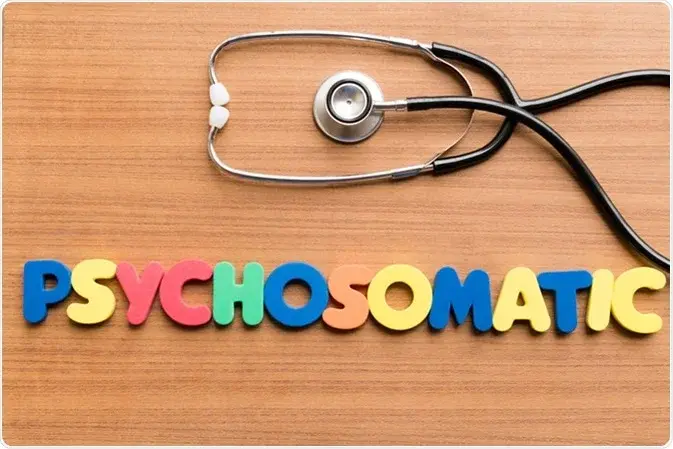Dealing with Anxiety and Panic Attacks: Effective Techniques and Practical Recommendations
- Irena Klympush
- Dec 4, 2023
- 3 min read

Understanding Panic Attacks
A panic attack is a state of intense anxiety or panic where a person may struggle to breathe and feel on the verge of fainting or even death. Unfortunately, these attacks occur unpredictably, making them challenging to anticipate.
Symptoms of a Panic Attack: Recognizing the Signs
The most noticeable sign of a panic attack is a sudden onset of anxiety, followed by a complex set of symptoms: rapid heartbeat, numbness in limbs, increased sweating, shortness of breath, dizziness, sensations of heat or cold, chest or abdominal pain, feeling detached from reality, disorientation, fear of death or losing control, fear of losing consciousness and collapsing. It may also involve choking, nausea, and stomach upset.
Practical Tips: Overcoming Anxiety and Panic Attacks
1. Recognizing a Panic Attack
Acknowledge that what you're experiencing is a panic attack. Remind yourself that it will pass, and you've dealt with similar situations before.
2. Find a Comfortable Position
Sit comfortably, close your eyes, and lean back. Creating a calm physical environment can help reduce the intensity of the panic attack.
3. Focus on Breathing
Practice controlled breathing. Avoid sharp inhales and exhales. Instead, breathe deeply, engaging your diaphragm. Aim for a breath cycle where exhaling is twice as long as inhaling, helping to lower your heart rate.
4. Positive Visualization
Concentrate on pleasant memories or imagine a serene atmosphere, like a sunset or the sound of ocean waves. Redirecting your thoughts can help shift your mental state.
5. Seek Support
If someone is nearby, ask them to engage in conversation. If alone, call a friend or family member. It doesn't necessarily have to be about your condition; any topic will suffice.
6. Positive Affirmations
Reassure yourself that it's a panic attack, reminding yourself that it will soon pass, and you'll be okay.
7. Regaining Physical Sensations
If you feel detached from your body, lightly pinch yourself to help restore a sense of physical presence.
8. Temperature Regulation
Address physical sensations by warming your hands if you feel cold or drinking a glass of cool water if you feel hot.
Understanding Fear as a Natural Reaction

Fear is a normal response to danger, triggering the release of adrenaline. Acknowledging and expressing your fear is essential for emotional well-being. When fear arises, adrenaline is released into the blood, triggering the fight or flight response. Its secretion sharply increases during stress, danger, or pain. It is crucial to acknowledge and experience one's fear, expressing it through words and actions. If the natural reaction to fear is not allowed and is suppressed, the initial fear response weakens, but our bodies become repositories of fading memories, provoking psychosomatics and illness."Suppressing fear can lead to psychosomatic issues, emphasizing the importance of addressing it openly.
Reducing Anxiety and Preserving Well-being
To decrease anxiety and maintain emotional integrity, follow these suggestions:
Express Your Fear:Acknowledge and verbalize your fears, allowing for a healthier emotional release.Close your eyes. Rate your current level of fear on a scale of 1 to 10.
Embrace Natural Responses:Recognize fear as a natural reaction, allowing the body to react appropriately.Ask yourself where in your body you feel fear, anger, or any other negative emotion.
You may literally feel tingling, pressure, warmth, or coldness in any part of your body – this is the signal. Imagine pulling that sensation out of your body and possibly holding it in your hands or placing it in space."
Visualization Technique for Emotional Healing
-Imagine that you are discarding an object into a vortex that engulfs it.
-Picture a sphere of the purest energy, with a golden-white hue, descending from the sky towards you.
-Place this light in the part of your body where you harbor negative emotions.
-Feel the light cleansing, healing, and filling you with its energy.
-Affirm, "I make space for a new emotion. I believe in myself and accept the situation."
While this is a temporary solution, it allows you to regain balance, preventing panic in the moment.
Next, inquire within yourself where these feelings reside (it varies for everyone).
Repeat this process until no objects representing fear, anger, or other emotions that currently disrupt your sense of self are detectable in your body.
This practice restores harmony, preventing these emotions from undermining your identity.Remember, managing panic attacks involves a combination of self-awareness, controlled breathing, and positive affirmations. By implementing these strategies, individuals can regain control and reduce the impact of panic attacks on their daily lives.
Conclusion
Coping with panic attacks requires practice and patience. Utilizing these techniques, along with seeking professional help when needed, can significantly improve one's ability to manage anxiety and lead a more fulfilling life.



Comments